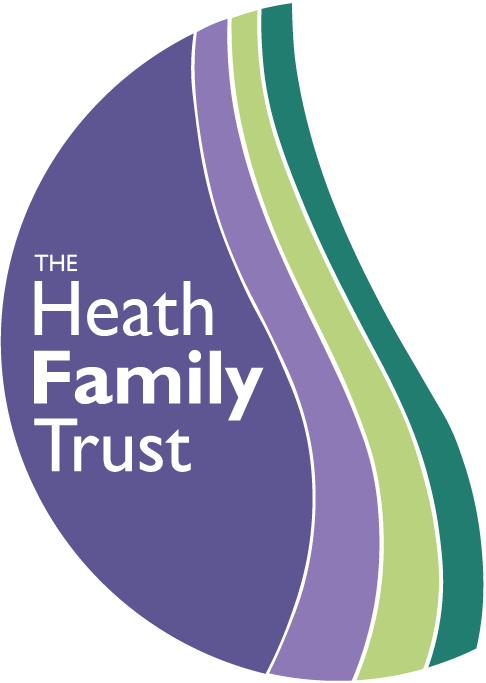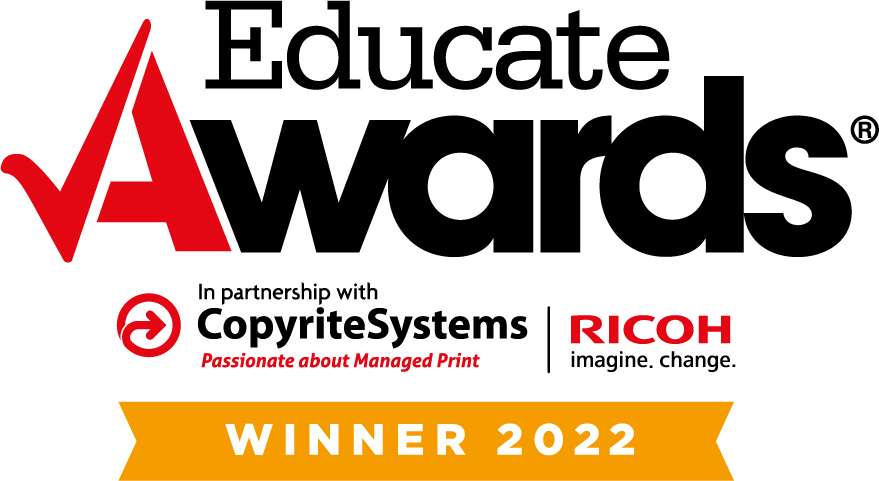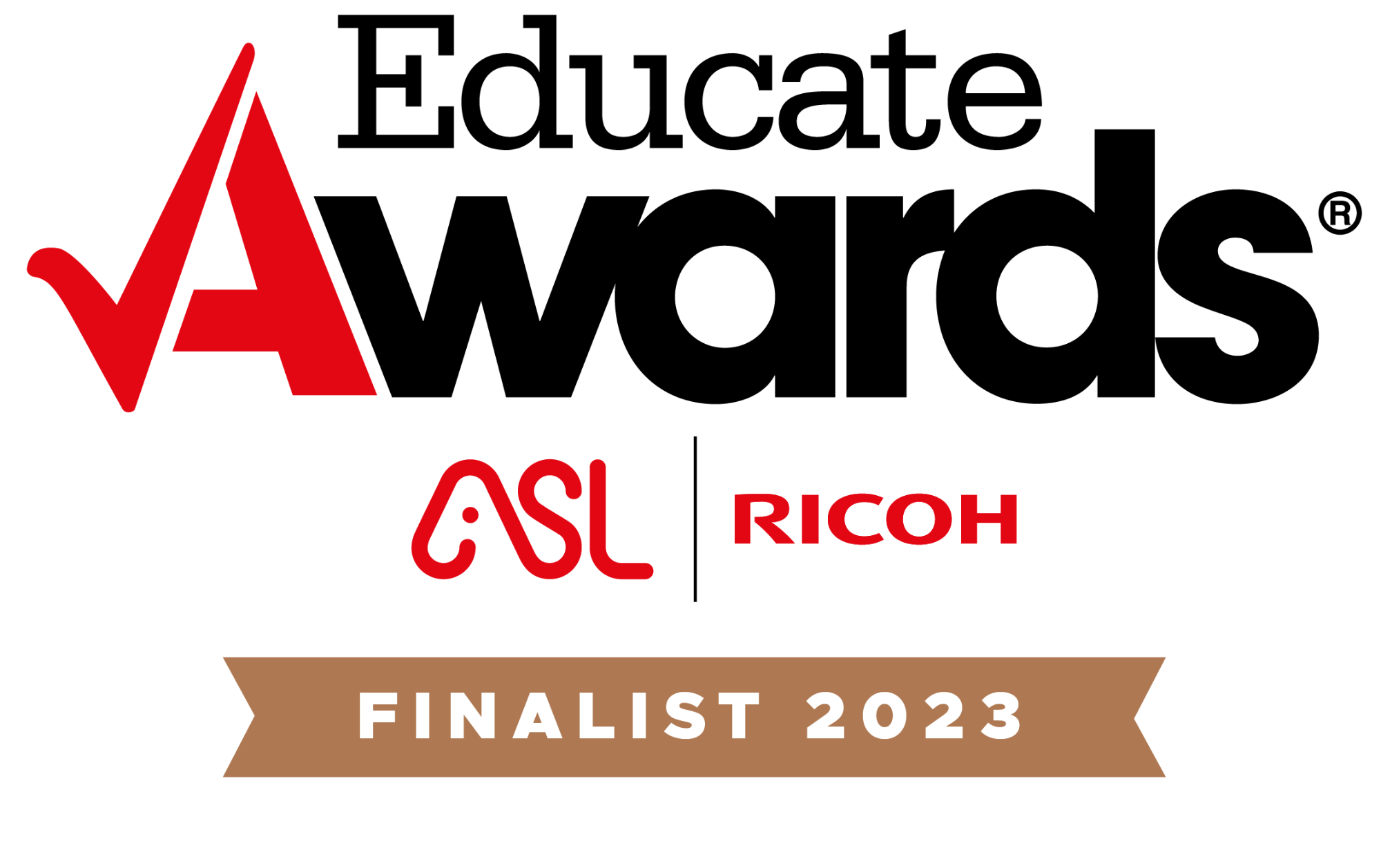Computer Science
Introduction to Computing/IT
IT lessons have moved away from traditional IT topics; such as creating spreadsheets, posters, presentations and websites, to computing based topics. Students learn about how computers work, how they can be connected to networks and computers communicate with each other. Students are required to learn about why the internet was created, how the internet works and how to write code to create a multiple page website. Students develop their understanding of computers from being basic users of computers to how they function and what is going on behind the scenes.
Computing/IT at KS3
At Key-Stage-Three students start every year with an E-Safety project. Students learn about cyber bullying and what to do if they are affected by this. Students look at how uploading images on the internet can be dangerous and how little control they have once an image has been uploaded. Students then move on to studying topics such as; Computer Hardware, Scratch Programing (Creating a Virtual Tour), Database Design, Birth of the Internet, Algorithms and Animation (using JavaScript).
IT at KS4
At Key-Stage-Four students can opt to study GCSE Computer Science. The students complete the OCR GCSE, which consists of three units (two exams and one controlled assessment unit). Students develop the knowledge that they have developed at Key-Stage-Three to a much deeper level. For example, students go from knowing the purpose of a processor to understanding what a processor is made up from and how the individual components work. Students look at how computers communicate, networks, using binary code and are able to convert binary numbers into denary, hexadecimal and addition. Computer Science is a very enjoyable and challenging subject as there are lots of new topics to learn throughout the course.
Unit Overview
Unit 1
Unit One is a 1 hour 30-minute exam on ‘Computer Systems. In the exam students will be questioned on; Hardware/Software, Data Representation, Encryption, Compression, Relational Databases and Algorithms. The Computer Science qualification teaches students how computers, software and the internet work.
Unit 2
Unit Two is a second exam lasting 1 hour 30-minute on Computational Thinking’. This is an open and extended answer question paper. In the exam students will be questioned on; Creating and Interpreting Algorithms, Data Types, Program Code and Operators.
Unit 3
Unit Three is a controlled assessment task that is completed to demonstrate students programming skills developed throughout the course. Students will learn about the Python programming language and how to write computer programs. The controlled assessment requires students to; diagnose a problem, create algorithms, write a program and test their solution.



